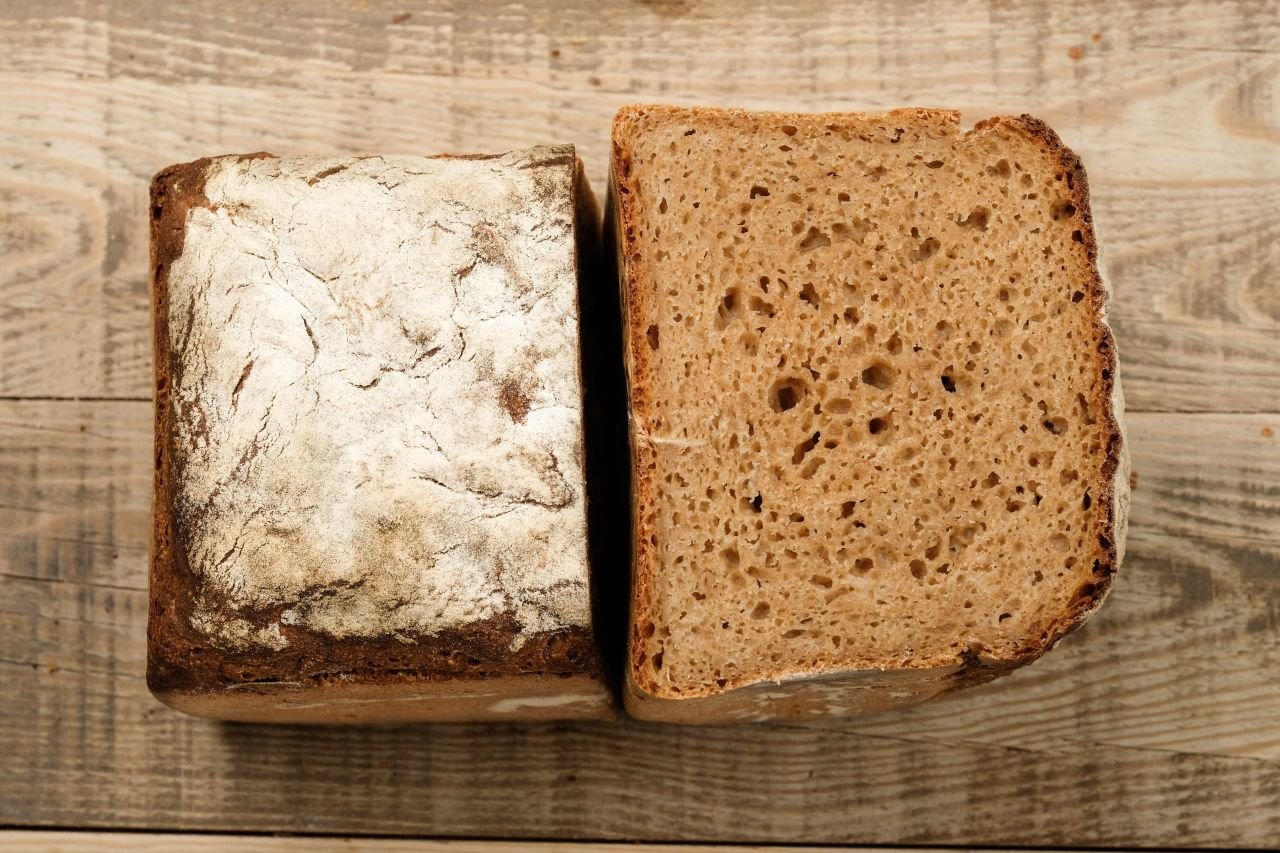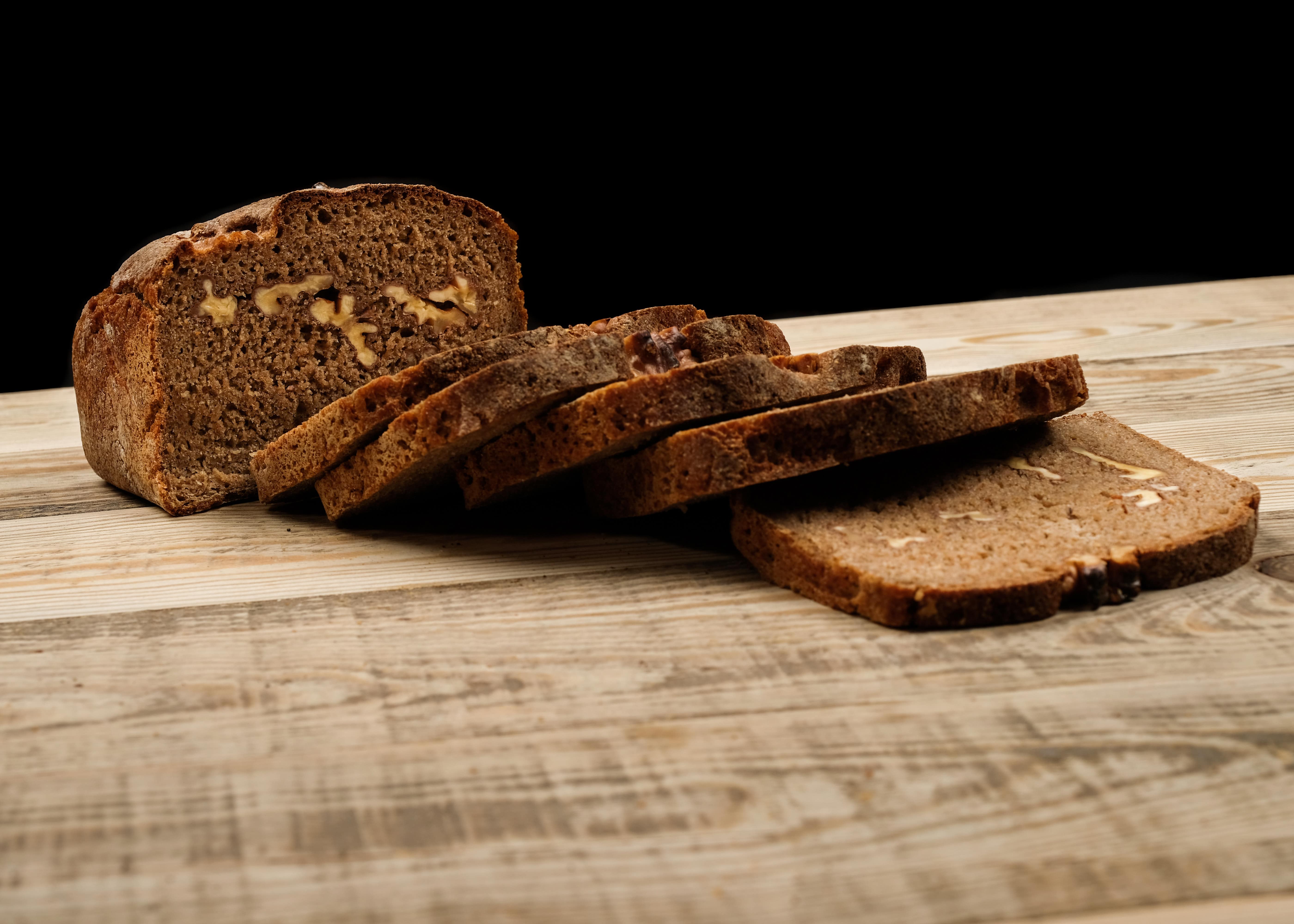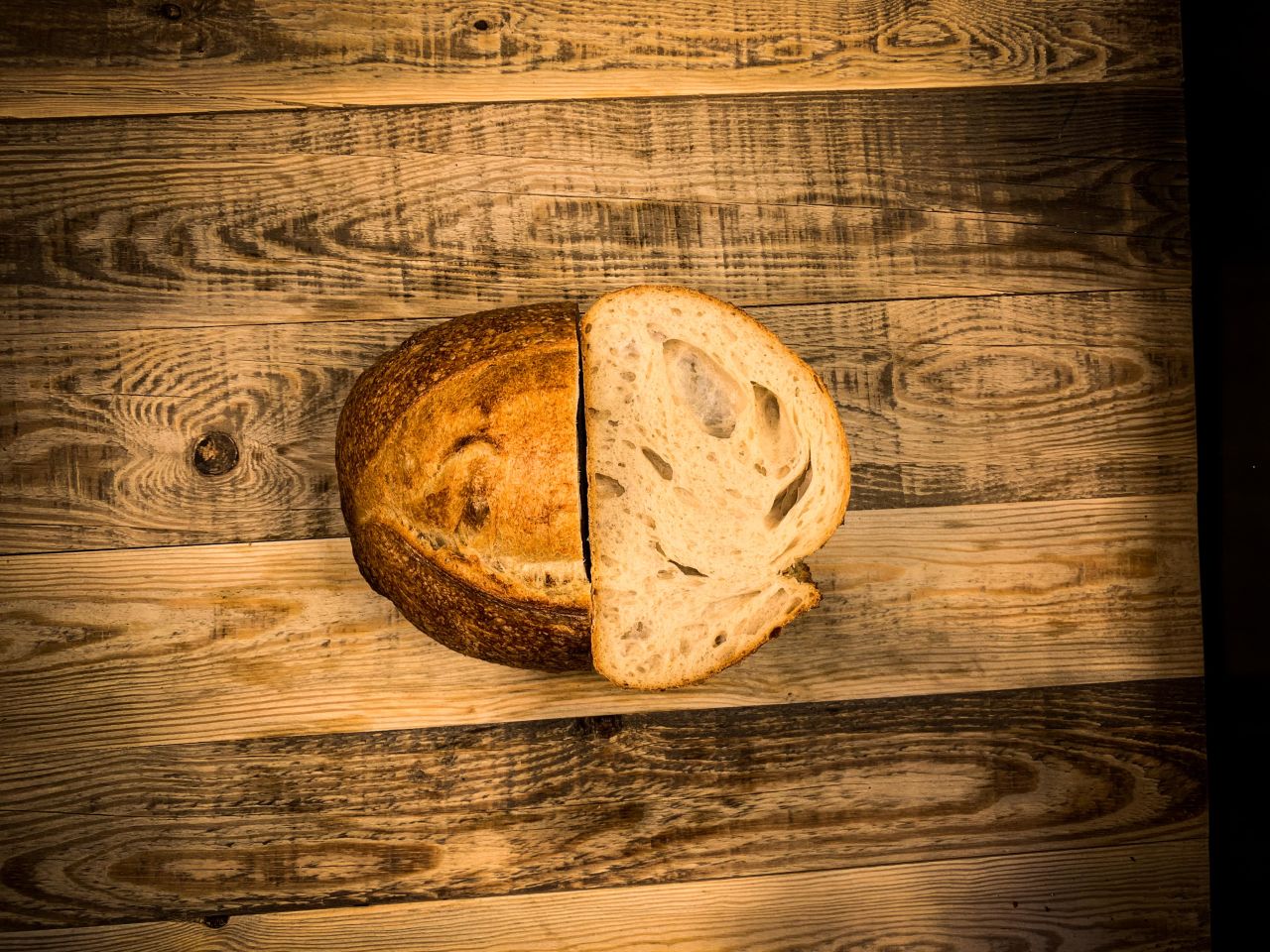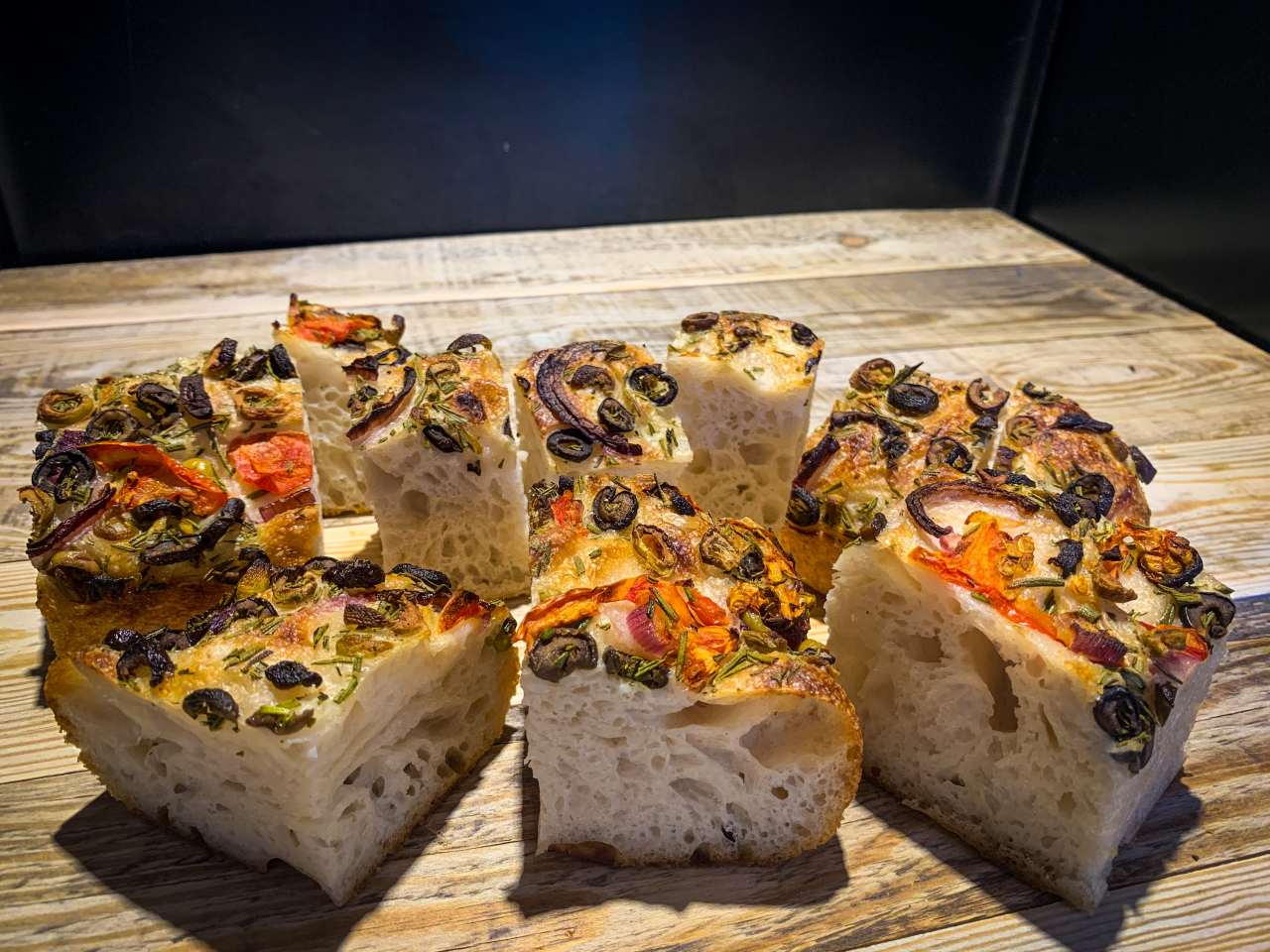Why should we eat sourdough bread?
18-07-2021
14:35
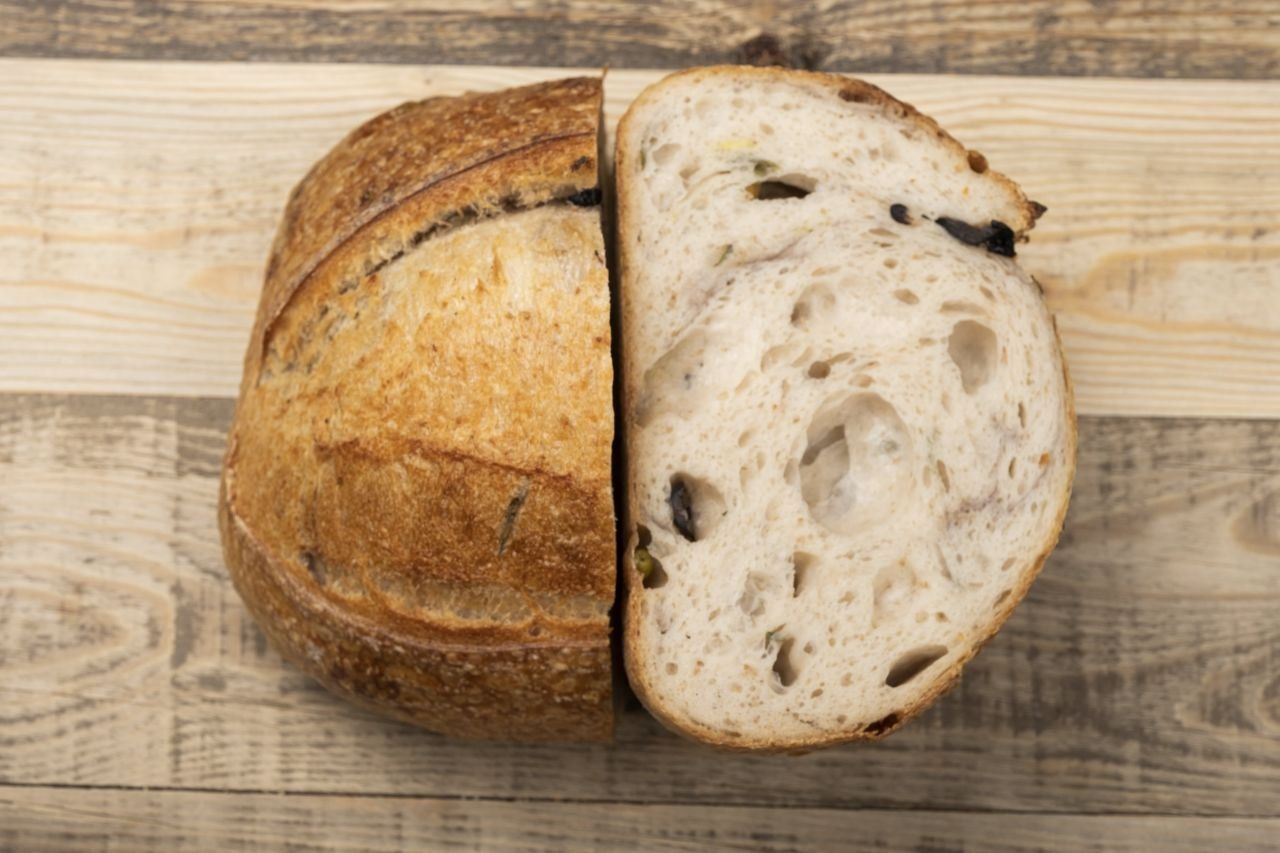
Why should we eat sourdough bread?
Sourdough is one of the oldest forms of grain fermentation. B.C. It is known that it was used to make bread in ancient Egypt in the 1500s. Industrial yeasts, on the other hand, have been in our lives for several centuries. With the introduction of industrial yeasts and packaged foods into our lives, food allergies and gluten sensitivities have also entered.
Sourdough is more resistant to acidic conditions than industrial yeast. Lactic acid bacteria, which are also found in naturally fermented products such as kefir, yogurt and pickles, work during the long and cold fermentation by breaking down the gluten and sugar in the flour, resulting in unique products with flavor every time. With the increase in gluten sensitivities and food-related allergies in our age, sourdough has started to see the value it deserves in healthy nutrition.
Unfortunately, more bread is thrown away every day in our country than the bread that takes its place in the bakeries and on the shelves of the markets. Our breads, which keep their freshness for a long time and can be stored in the freezer, are also budget friendly. Even if the outer shell hardens, the inside will remain moist and it will reach an incredible flavor when you heat it for 1 minute on a well-heated grill or pan.
How to choose the right sourdough bread?
Making bread using sourdough is a scientific process. Starting from the proper nutrition of the yeast and keeping it at the right temperatures throughout the fermentation causes great changes in the quality and health benefits of the bread. When buying your bread, we recommend that you make sure that it is not prepared for commercial reasons and that it has been subjected to the correct leavening process.
Rye, Siyez, Whole Wheat, Karakılçık, Üveyik etc.
If the bread is prepared from whole and heirloom flours, it often contains a maximum of forty percent of that flour under market conditions. It is mixed with bread flour in order to increase the flavor and make the bread more edible by giving it a structure. If you want to consume bread made with whole flour or origin flour due to gluten sensitivity or other health concerns, make sure that the bread is prepared with 100 percent of those flours. It will be of maximum value in terms of taste and benefit.
The inner texture of breads prepared with 100% whole and heirloom flours is moist and non-porous. Due to their low gluten value, they do not gain a solid structure and must be subjected to proper fermentation. It is recommended to start eating at least 2 days after cooking, slice thinly and store in a cloth bag, and consume by frying.
Breads made with bread flour
• The crust of the bread should be shiny and caramel color. Bread that has not been fermented and baked properly cannot get rid of its pale, dull and whitish color no matter how much it is baked.
• Its inner tissue should be porous, these pores are the indication that lactic acid bacteria break down gluten and release certain gases. The pores can be dispersed in large and small sizes, but if there are excessively tight sections in the bread, it means that the fermentation is not complete.
• The taste should be neutral and close to sweet rather than sour. Sourdough bread is an indication of improperly used yeast or over-fermentation. Bread becomes sour if it is fermented in an environment that is too hot or longer than necessary. The cause of sourness is uric acid and acetic acid, which can damage the stomach and intestines.
• Additions to bread include seeds, olives, tomatoes, etc. It should not exceed ten percent of the total weight of the bread.
Why Old Farm Bakery?
All our breads are prepared with organic flours. It is fermented using the power of sourdough. With the cold fermentation technique, the gluten in the flour is broken down correctly by the lactic acid bacteria and the correct enzymatic processes are completed, and it is ready to serve your health and your taste buds.
Our rye, einkorn and whole wheat breads prepared with whole flours are prepared with 100% whole flours and sourdough without adding mixed flours.
• By paying attention to the gluten values, suitable for the granular structures of the flours,
• Always controlling the fermentation process at the right temperatures,
• Using sourdough at the appropriate pH value and in lactic form,
• Avoiding practices that will adversely affect fermentation for commercial reasons,
• By always giving importance to feeding our sourdough with the right temperatures and suitable flours so that it can have a very high diversity in terms of lactic acid bacteria, which is very beneficial for human health and for the maintenance of our sourdough,
We are working to make bread a digestible and healthy food.
It will always be our primary goal to prepare a version of such an important building block of our culture and diet that is far from commercial concerns and industrial applications.

